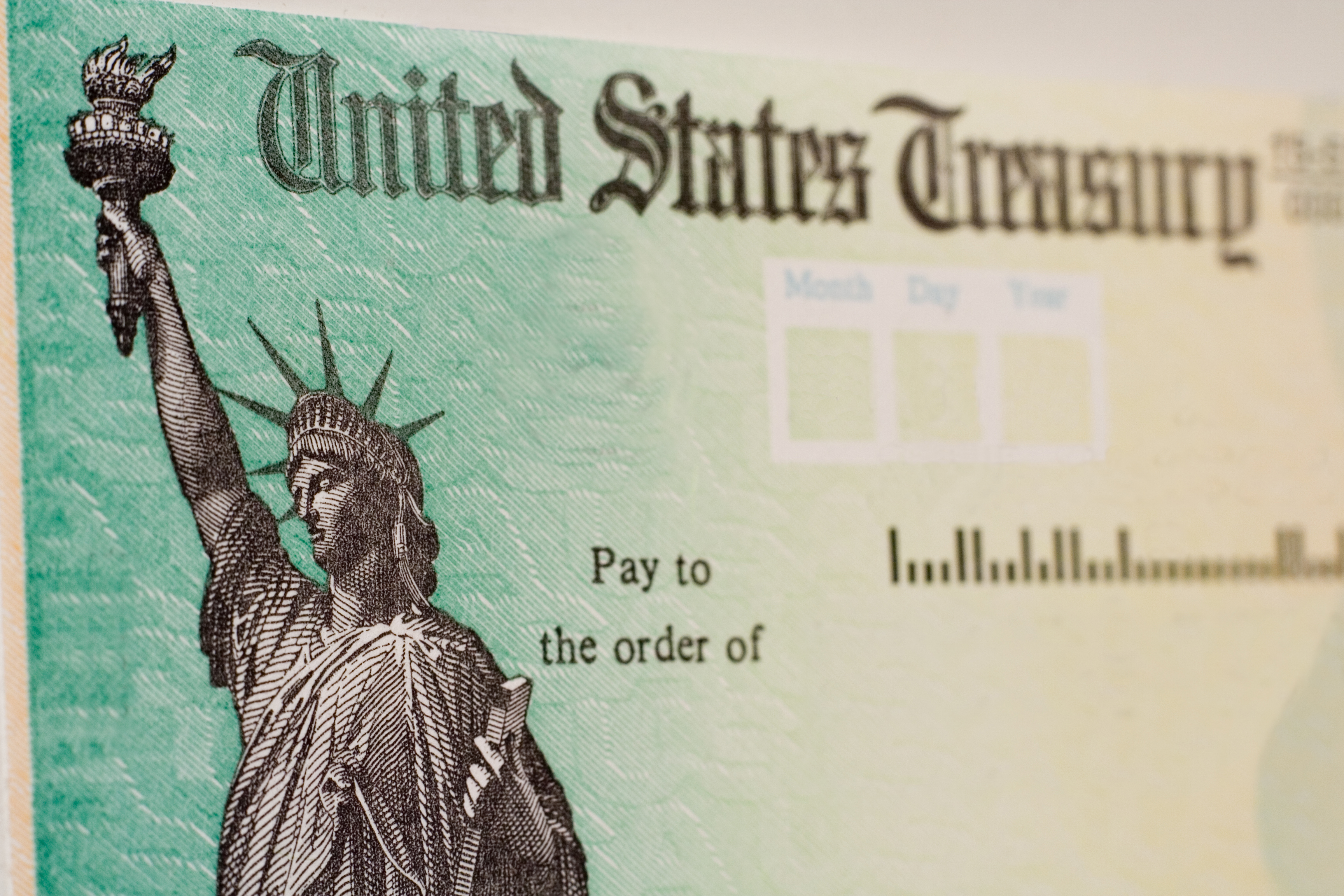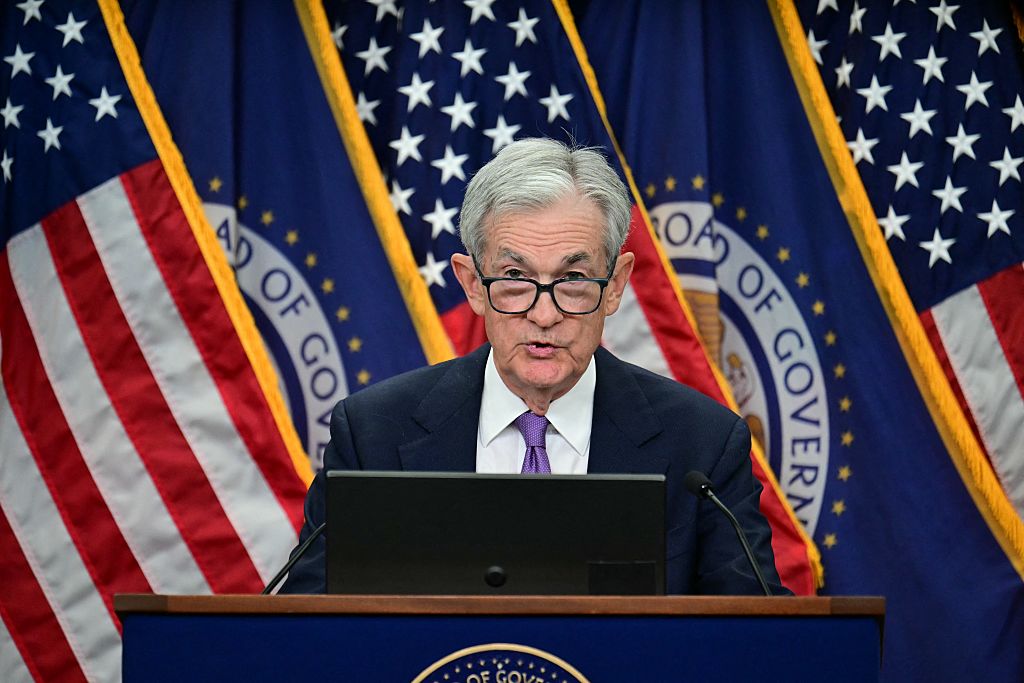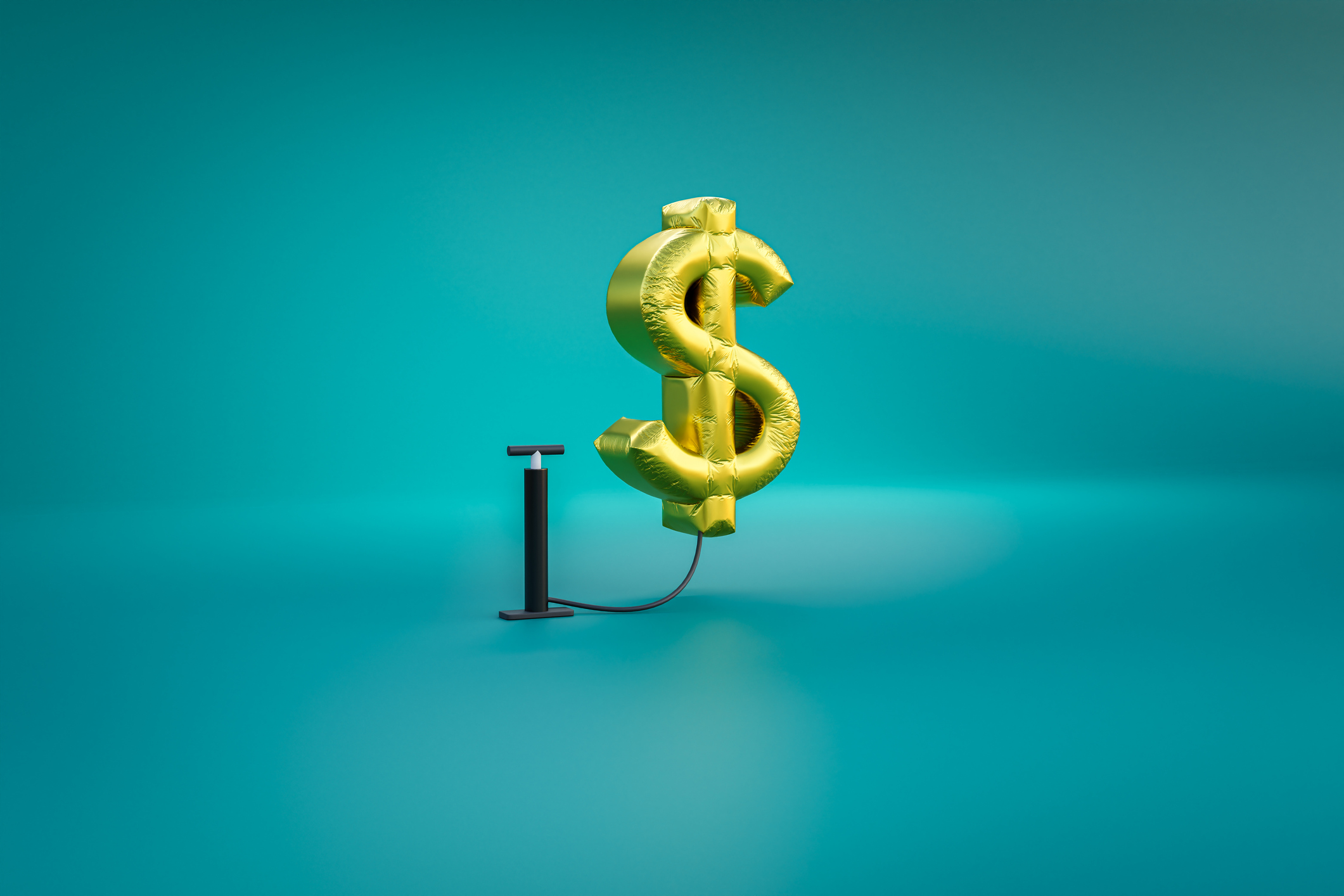Bond Basics: Treasuries
For safety, U.S. treasuries are the way to go.


United States Treasury securities, often called treasuries, are debt obligations issued by the U.S. government and secured by the full faith and credit and power to tax and borrow of the United States. The income from Treasury securities may be exempt from state and local taxes, but not from federal taxes.
Securities issued by the U.S. government and its agencies are the choice of many risk-averse investors or investors looking to diversify and balance their portfolios. Their safety can't be matched. However, yields on government issues usually run a little lower than on high-grade corporate bonds because they are safer. Risk brings a premium.
Bonds help add diversity to your portfolio and mitigate risk. But they can be complicated. We can help you understand the basics of bonds and make them work for you. Here's a rundown of the most popular government debt instruments.
From just $107.88 $24.99 for Kiplinger Personal Finance
Become a smarter, better informed investor. Subscribe from just $107.88 $24.99, plus get up to 4 Special Issues

Sign up for Kiplinger’s Free Newsletters
Profit and prosper with the best of expert advice on investing, taxes, retirement, personal finance and more - straight to your e-mail.
Profit and prosper with the best of expert advice - straight to your e-mail.
How to buy a U.S. Treasury
You can buy Treasury bills, notes, bonds, Treasury-Inflation Protection Securities (TIPS), or Floating Rate Notes (FRNs) at one of the auctions conducted by the Treasury or in the secondary market. If you want to buy a Treasury security at an auction, set up an account at treasurydirect.gov or contact a broker, dealer, or financial institution.
Treasury bills, notes, bonds, TIPS, and FRNs are sold for a minimum of $100, and you can buy savings bonds for as little as $25
Ownership is recorded in book-entry form, meaning you only receive a notification that you own them, certificates are no longer issued.
Information about upcoming auctions can be found in press releases posted at treasurydirect.com.
Treasury bills
Treasury bills (T-bills) mature in 1 year or less and are available in five terms: four weeks, eight weeks, 13 weeks, 26 weeks and 52 weeks. They do not pay an interest rate, but are sold at a discounted price compared to the par value, also called face value. The bond pays the full par value upon maturity.
There are some particularities to how you buy Treasury bills. When first issued, T-bills are auctioned off to the public on a discount basis, and then redeemed at maturity for the full face amount. If the auction determines that the rate is 5%, for instance, a buyer would pay $9,500 for a $10,000 bill, then collect $10,000 when it matures.
Treasury notes
Treasury notes (T-notes) mature in two, three, five, seven, or 10 years. Coupon payments are made twice a year, either at a fixed or floating rate. You receive coupon payments, which are interest payments, every six months and the par value upon maturity.
T-notes are auctioned by the U.S. Treasury and the price of the note may fluctuate based on the results of the auction. It may be equal to, less than, or greater than the note's face value.
The 10-year T-note is used as a benchmark rate for banks to calculate mortgage rates
Treasury inflation-protected securities (TIPS)
Treasury inflation-protected securities (TIPS) are 5, 10 or 30 year notes that are indexed to the rate of inflation on a daily basis as measured by the Consumer Price Index (CPI). Unlike other Treasury securities, where the principal is fixed, the principal of a TIPS can go up or down over its term.
Interest is determined by the inflation rate and the principal is adjusted every six months to reflect the change.
When the TIPS matures, if the principal is higher than the original amount, you get the increased amount. If the principal is equal to or lower than the original amount, you get the original amount.
Treasury bonds
Treasury bonds (T-bonds) mature in 20 or 30 years. These are the longest-term bonds and as such typically offer the highest coupon payments. The rate is fixed at auction. It does not vary over the life of the bond. You receive an interest payment every six months. Upon maturity, you are paid the par value of the bond.
In comparison to Treasury notes and bills, Treasury bonds pay the highest interest rates because investors are compensated for locking their money up for the longer term.
Floating rate notes (FRNs)
Floating Rate Notes (FRNs) are fixed income securities that pay a coupon determined by a reference rate which resets periodically. Because the reference rate resets, the coupon payments are not fixed and fluctuate overtime.
The interest rate of an FRN is the sum of two rates: an index rate and a spread rate. The index rate is tied to the highest accepted discount rate of the most recent 13-week Treasury bill. The spread is determined at the auction when the FRN is first offered and stays the same for the life of an FRN.
You receive payments every three months until maturity. FRNs are in demand among investors when it is expected that interest rates will increase.
U.S. savings bonds
There are two types of savings bonds: EE bonds and I bonds. Series EE bonds are the most common, and they are guaranteed to double in value after 20 years, regardless of changing interest rates. Series I bonds don't share this guarantee.
Series EE savings bonds earn interest regularly for 30 years or until you cash them. EE bonds are issued in electronic form only. You must have a TreasuryDirect.com account to buy and manage EE bonds. These bonds have a fixed rate of interest that is set when you buy the bond. The interest is earned monthly and is compounded semiannually.
Series I savings bonds protect you from inflation. The actual rate of interest for an I bond is a combination of a fixed rate and an inflation rate. The combined rate can, and usually does, change every 6 months. The new rates are announced every May 1 and November 1. Rate changes for your bond occur every 6 months from the issue date of your bond.
While EE and Series I savings bonds mature fully after 30 years, you can cash them in after a year. if you cash in the bond in less than 5 years, you lose the last 3 months of interest, but the interest accrued before that is yours to keep. U.S. savings bonds can not be resold, only redeemed.
Agency securities
Agency securities are loans to government agencies or federally-backed private corporations. While agencies are government-sponsored enterprises, they are not backed by the full faith and credit of the U.S. government.
Bottom line
U.S. Treasuries are a great way to balance and diversify your portfolio. Treasury securities are considered one of the safest investments because they are backed by the full faith and credit of the U.S. government. But remember — the reduced risk comes with lower returns.
Related Articles
Profit and prosper with the best of Kiplinger's advice on investing, taxes, retirement, personal finance and much more. Delivered daily. Enter your email in the box and click Sign Me Up.

Donna joined Kiplinger as a personal finance writer in 2023. She spent more than a decade as the contributing editor of J.K.Lasser's Your Income Tax Guide and edited state specific legal treatises at ALM Media. She has shared her expertise as a guest on Bloomberg, CNN, Fox, NPR, CNBC and many other media outlets around the nation. She is a graduate of Brooklyn Law School and the University at Buffalo.
-
 Gold and Silver Shine as Stocks Chop: Stock Market Today
Gold and Silver Shine as Stocks Chop: Stock Market TodayStocks struggled in Friday's low-volume session, but the losses weren't enough to put the Santa Claus Rally at risk.
-
 Don't Wait Until January: Your Year-End Health Checklist to Kickstart 2026
Don't Wait Until January: Your Year-End Health Checklist to Kickstart 2026Skip the fleeting resolutions and start the new year with a proactive plan to optimize your longevity, cognitive health, and social vitality.
-
 Premium Rewards Cards: More Perks, Higher Fees
Premium Rewards Cards: More Perks, Higher FeesSome issuers are hiking the annual fee on their flagship luxury credit cards by hundreds of dollars. Are they still worth using?
-
 The November CPI Report Is Out. Here's What It Means for Rising Prices
The November CPI Report Is Out. Here's What It Means for Rising PricesThe November CPI report came in lighter than expected, but the delayed data give an incomplete picture of inflation, say economists.
-
 The Delayed November Jobs Report Is Out. Here's What It Means for the Fed and Rate Cuts
The Delayed November Jobs Report Is Out. Here's What It Means for the Fed and Rate CutsThe November jobs report came in higher than expected, although it still shows plenty of signs of weakness in the labor market.
-
 What to Expect from the Global Economy in 2026
What to Expect from the Global Economy in 2026The Kiplinger Letter Economic growth across the globe will be highly uneven, with some major economies accelerating while others hit the brakes.
-
 December Fed Meeting: Updates and Commentary
December Fed Meeting: Updates and CommentaryThe December Fed meeting is one of the last key economic events of 2025, with Wall Street closely watching what Chair Powell & Co. will do about interest rates.
-
 The Delayed September Jobs Report Is Out. Here's What It Means for the Fed
The Delayed September Jobs Report Is Out. Here's What It Means for the FedThe September jobs report came in much higher than expected, lowering expectations for a December rate cut.
-
 Shoppers Hit the Brakes on EV Purchases After Tax Credits Expire
Shoppers Hit the Brakes on EV Purchases After Tax Credits ExpireThe Letter Electric cars are here to stay, but they'll have to compete harder to get shoppers interested without the federal tax credit.
-
 October Fed Meeting: Updates and Commentary
October Fed Meeting: Updates and CommentaryThe October Fed meeting is a key economic event, with Wall Street turned into what Fed Chair Powell & Co. did about interest rates.
-
 The Delayed September CPI Report is Out. Here's What it Signals for the Fed.
The Delayed September CPI Report is Out. Here's What it Signals for the Fed.The September CPI report showed that inflation remains tame – and all but confirms another rate cut from the Fed.